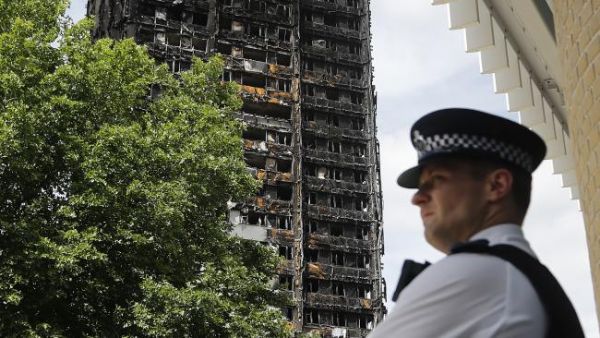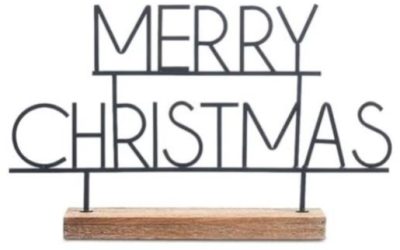Fire regulations are under immense scrutiny as those charged with the responsibility of driving building regulatory change grapple with this very complex arena. So it’s very important that the architects of any new fire resilience laws get it right.
The prevalence of rapid vertical fire spread is very much a modern day global phenomenon and is related to modern construction technology, globalisation and free trade agreements. These factors enabled flammable products to find their way into high-rises. Relative to more-traditional fire-resilient mediums, these products are cheap.
Traditional fire-control thinking was built on the premise that buildings mustn’t burn and must last, but long gone are the days of stone, brick and concrete facade construction. These had passive fire protection characteristics — built from material less likely to combust and less conducive to vertical fire spread. The phenomenon of the skyscraper, high-rise design challenges in particular and prohibitive costs of building with traditional mediums, have rendered these modes of construction largely obsolete.
Over the last couple of decades cost-cutting considerations have led to the modern day high-rise using polystyrene composites. Plastics burn and are fire accelerants of sorts.
There is an avalanche of experts passionately lending voice to the regulatory failures, both in policy and enforcement. There is a great deal bewilderment about the modern day phenomena where buildings have been allowed to be constructed with highly combustible materials. The pressing issue is how can the serious bane of vertical fire spread be resolved.
To solve the problem we have to go to the source. The real source is the use of nonconforming imported products that cross borders without being properly vetted. Across the globe much of the blame is being laid at the door of regulators and building officials who do not currently have the powers to keep the tsunami of nonconforming product out of the country.
Take the case of the very effective federal Customs authority. The controls ensure that pernicious vermin or insects can’t cross our borders; customs controls ensure that diseases that harbour menace to Australian livestock are prevented from crossing the border.
There is no such rigour around imported products that harbour menace locked into a building’s structure. Regardless of whether talking about imports that destroy crops, migrate disease or increase the risk of building-product related death, the preoccupation has to be with not letting the unsanctioned or the incompatible into country or the market place.
A national product accreditation body would solve the problem of noncompliance, a body able to vet, approve and sanction imported products. The compliance testing criteria and standards have to be world’s best practice. A best practice accreditation body, in collaboration with best practice standards and testing methodologies, would apply that criteria to products knocking on the door of the local market.
Let’s call it the National Product Accreditation Body. It would have to be federally inspired, exceptionally well resourced and partnered with product testing authorities that impose the highest standards and tests on offshore supplier’s products. The testing authorities would also have to be approved by NPAB, and part of that approval process would be the use of world best practice testing procedures.
The applicants would pay for the testing, so it would be a user- pays product accreditation system as a best practice regimen would cost a great deal of money to resource. Once a product was approved, there would be a NPAB approval and stamp. The product would then be registered in a national register of verified fire resilient products.
Regulations would be promulgated in every state and territory stating that, without an endorsement, nonconforming cladding could not be used. Building surveyors would refuse to issue building permits where design proposals did not show the use of accredited material. In circumstances where nonconforming products were used instead of accredited materials, the building surveyor would be empowered to demand their removal.
Unless a national product regime is established it is highly unlikely that more circuitous ways of stopping the vertical fire spread phenomena will deliver. Law suits aren’t the solution either. It is very difficult to mount law suits against offshore suppliers and even harder to enforce judgment.
Law suits are blunt instruments. They don’t appease the miserable and resolve the tragedy of lost lives and they don’t save homeowners from defaulting on their mortgages on account of prohibitively expensive retrofit levies for fire damage.
The problem has to be confronted and resolved at its geneses, but to do this will require a change in policy, limitations brought to bear upon free-trade agreements, legislative change and the establishment of a national gatekeeper augmented to ensure that all imported building products conform.
It follows that barriers will need to be erected that impact on the trade freedoms afforded by free- trade agreements, but these barriers will in all likelihood save lives.
Kim Lovegrove is a Fellow of the Australian Institute of Building, lawyer at Lovegrove and Cotton Building Lawyers and chairman of the Centre for Best Practice Building Control.


